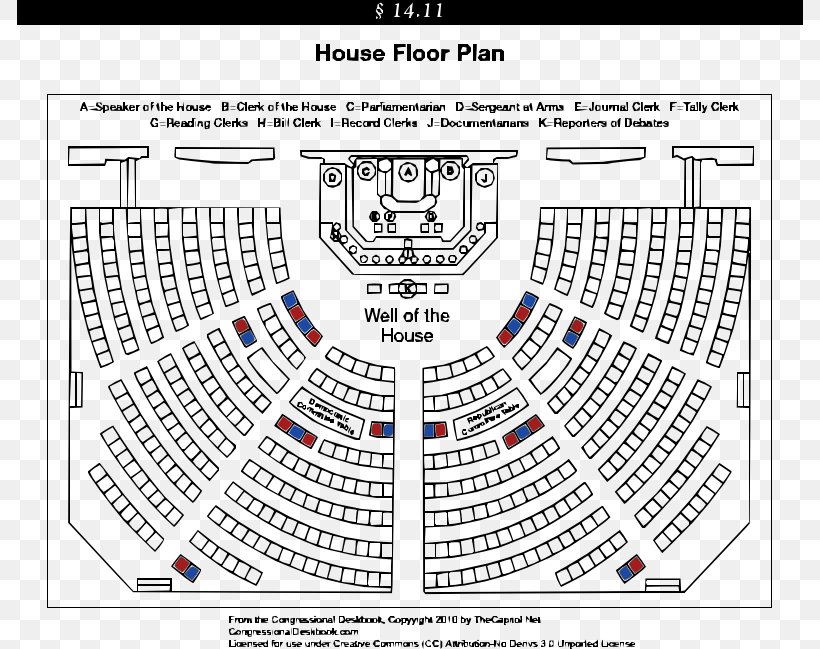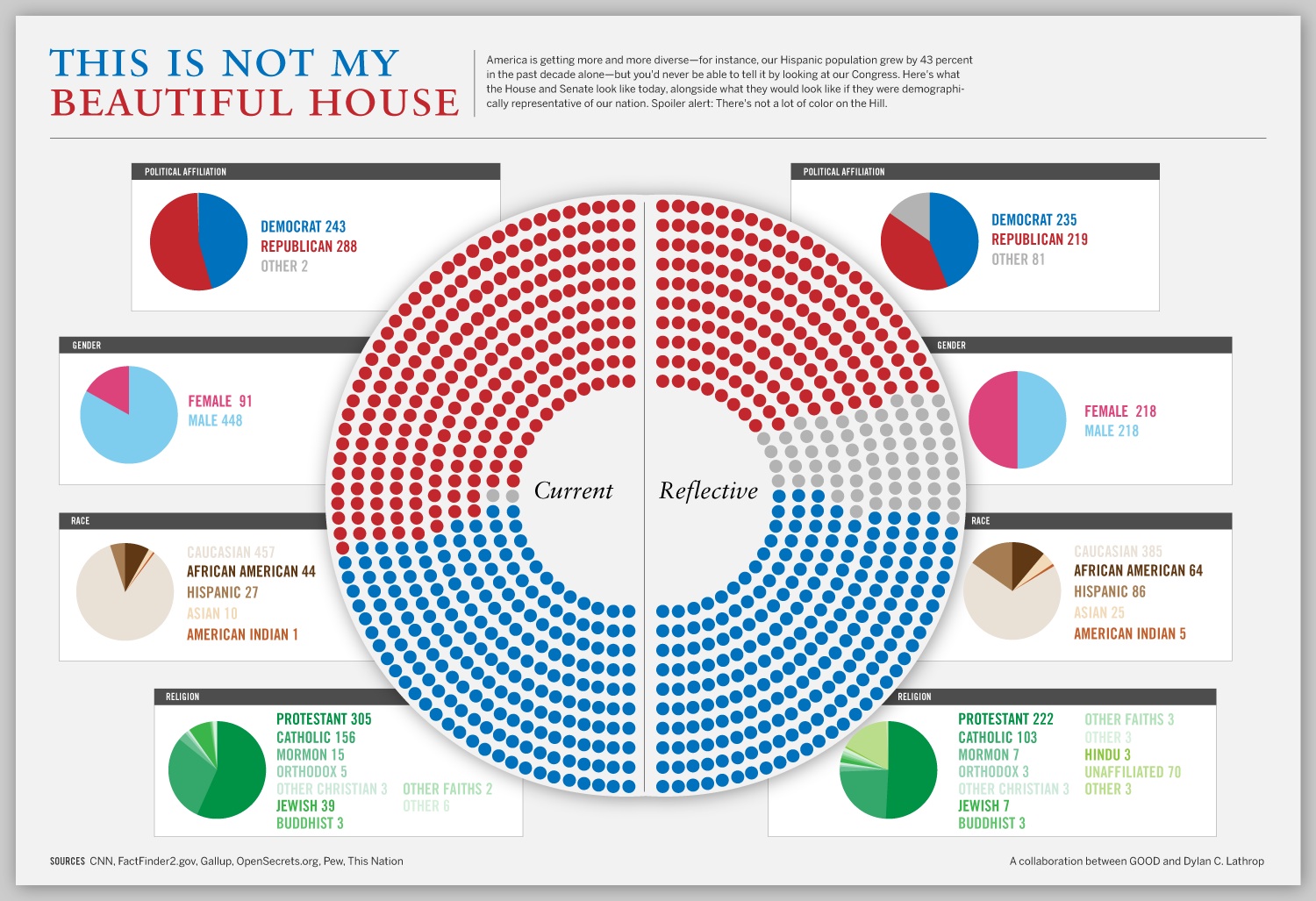Table Of Content
- Legislative functions
- After 110 years, a look at the benefits — and drawbacks — to expanding the chamber
- Senators
- Minority leadership (Democratic)
- How many house seats are up for election in 2024? These are the U.S. House races to watch.
- Table 1. Apportionment Population and Number of Representatives by State: 2020 Census
- United States congressional apportionment
Apart from the requirement that each state is to be entitled to at least one representative in the House of Representatives, the number of representatives in each state is in principle to be proportional to its population. Since the adoption of the Constitution, five distinct apportionment methods have been used. The ideal number of members has been a contentious issue since the country's founding. Unlike the Senate, the House of Representatives is not sectioned off so that only certain members are up for re-election each year. Instead, representatives face re-election every two years, meaning in 2024 all 435 seats will be up for election.
Legislative functions
House of Representatives, happens like clockwork at this point. The United States is also divided into 435 congressional districts with a population of about 760,000 each. Two states, Wyoming and Vermont, have populations smaller than the average for a single district, although neither state has fewer people than the least populous congressional districts. Since 1789, when the United States Congress first convened under the Constitution, the number of citizens per congressional district has risen from an average of 33,000 in 1790 to over 700,000 as of 2018[update]. Prior to the 20th century, the number of representatives increased every decade as more states joined the union, and the population increased. The Constitution provides that the House may choose its own speaker.[50] Although not explicitly required by the Constitution, every speaker has been a member of the House.
After 110 years, a look at the benefits — and drawbacks — to expanding the chamber
Former Rep. Kevin McCarthy, R-CA, was the speaker of the House from Jan. 7 to Oct. 3, 2023. It took 15 rounds of voting to elect McCarthy into the position, the first time in more than a century that the process of electing a speaker took more than one ballot. There are 212 Democrats officially in the House of Representatives. But that number will be 213 once Tom Suozzi is sworn in after winning the special election in New York to replace Republican George Santos.
Senators
House Republicans have struggled with empty seats. Will special elections for Santos and McCarthy’s seats help? - PBS NewsHour
House Republicans have struggled with empty seats. Will special elections for Santos and McCarthy’s seats help?.
Posted: Mon, 12 Feb 2024 08:00:00 GMT [source]
The Central Valley and suburban Orange County have seen some of the country's most competitive U.S. House races in recent midterm elections, and that's poised to continue with the new maps. Democrats knocked off seven Republicans in 2018, only for the GOP to take four of those seats back in 2020.
Minority leadership (Democratic)
Both he and Rodden noted that an expansion of the House could also increase the relative demographic diversity in the House. For instance, having districts with smaller populations could produce a plurality-Native American congressional district in Arizona or New Mexico, which is currently not possible given the size of the group’s population. However, Rodden warned that opportunities to expand representation for minority groups could vary, especially in the South, where Black voters are often over-concentrated in districts to ensure representation. State lines make perfectly equal districts across the country impossible, but there’s no question that increasing the size of the House would help reduce how unequal district sizes among states have become.
Republicans still control the chamber with a narrow majority. In 1910, the largest state, New York, had about 9 million more people than the smallest — that is, least populous — state, Nevada. But today, the largest state, California, has nearly 39 million more people than the smallest, Wyoming. It’s worth exploring, then, whether 435 is still an appropriate number of House members to represent our sprawling, diverse nation. Whether Congress will take up this issue anytime soon is another question entirely, but here’s how we got stuck at 435 in the first place — and what it would mean if we increased that number.
As such, even more elections may be effectively decided by primaries instead of general elections than they are today, which is already the case in the vast majority of House districts. And with more safe seats, incumbents would likely have an even easier time getting reelected than they currently do. First, the House passed an amended bill to keep the House at 435 members. Eleven states stood to lose seats as a result, and unsurprisingly many senators from those states worked behind the scenes to keep that bill from ever getting a vote in the Senate.
2024 elections: Virginia candidates running for US House, Senate - 13newsnow.com WVEC
2024 elections: Virginia candidates running for US House, Senate.
Posted: Tue, 23 Apr 2024 14:37:00 GMT [source]
Table 1. Apportionment Population and Number of Representatives by State: 2020 Census
She won a special election in 2021 after Luke Letlow died from COVID-19 complications shortly before swearing into office. Six of the 14 women senators who served before 1980 were either elected or appointed to fill their late husbands’ seats. Of those, two (Hattie Caraway of Arkansas and Maurine Brown Neuberger of Oregon) subsequently won full terms in their own right. In the 118th Congress which runs through Jan. 3, 2025, Republicans have majority control of the House of Representatives. Republicans took back the House by a slim majority in the 2022 midterm elections.
United States congressional apportionment
Each state in the United States elects two senators, regardless of the state’s population. Americans in the United States’s six territories do not have senators. WASHINGTON — The 118th United States Congress began its session on Jan. 3, 2023. In the 2022 midterm elections, the Democrats retained control of the Senate.

Others argued that non-citizens ought to be excluded from the counts, which would have primarily affected Northern states with large immigrant populations. Meanwhile, some Northern Republicans, upset by Democrats’ disenfranchisement of Black Americans in the South, countered that representation ought to be reduced in Southern states that suppressed voting rights. There were also arguments over which method was best for apportioning seats, as one method tended to put slightly more seats in less populous states and the other put more seats in more populous states. Apportionment, or the process of determining the number of seats each state has in the U.S.

The law that set the current number of seats at 435 took effect in 1913. But it isn't the reason the number of representatives has been stuck there. House were held on November 3, 2020, and coincide with the 2020 presidential election.
No comments:
Post a Comment